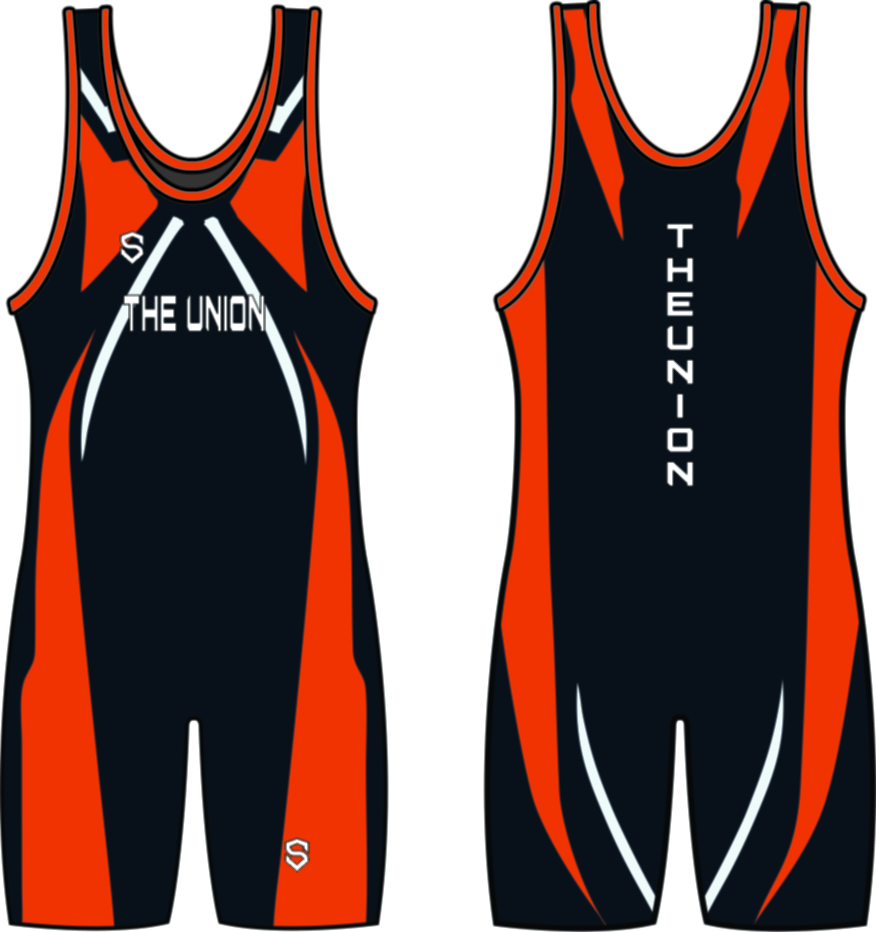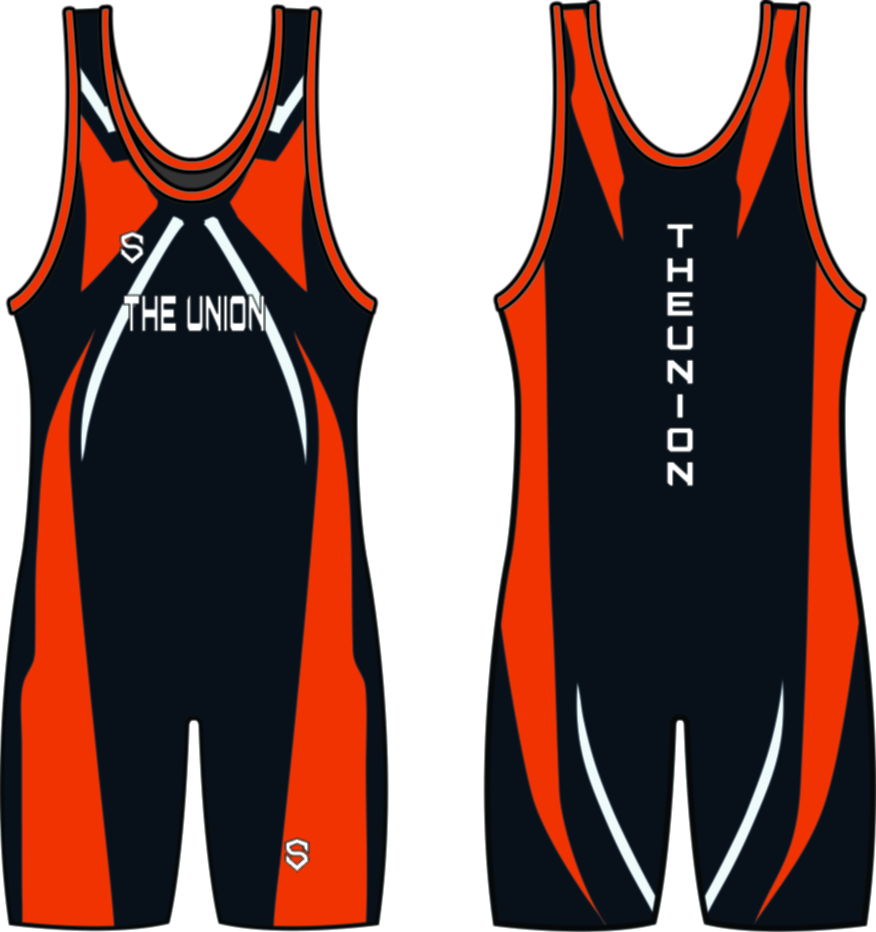Quintessential Piece Of Attire
The wrestling
singlet stands as a quintessential piece of attire in the world of wrestling, embodying both practical
functionality and deep-seated tradition within the sport. This form-fitting
garment, characterized by its sleek design and snug fit, plays a pivotal role
in enhancing performance and fostering a sense of identity among wrestlers
worldwide.
At its core, the wrestling
singlet is engineered for optimal performance on the mat. Its close-fitting
construction reduces excess fabric, minimizing the risk of opponents gaining
leverage during matches. Wrestlers rely on the singlet's streamlined design to
move with agility and precision, executing techniques without hindrance. This
functionality is crucial in a sport where split-second movements can determine
victory or defeat.
Moreover, the singlet's design reflects the sport's rich
heritage and storied history. Wrestling
has roots dating back to ancient civilizations, where depictions of athletes
clad in similar attire can be found. Over time, the singlet evolved into a
standardized uniform, embodying the essence of wrestling tradition. Today, wrestlers
proudly don singlets adorned with team colors and insignias, representing their
schools, clubs, or national affiliations during competitions.
The wrestling
singlet also serves as a visual marker of unity and camaraderie within the wrestling community. Athletes wear
their singlets with pride, showcasing team spirit and solidarity with fellow
competitors. This sense of belonging fosters a supportive environment where
wrestlers motivate and inspire one another to excel both on and off the mat.
In addition to its functional and symbolic significance, the
wrestling singlet has sparked
discussions regarding athlete comfort and uniform design. Critics argue that
the singlet's revealing nature can be a source of discomfort or
self-consciousness, particularly for younger athletes. This has led to calls
for alternative uniform options that prioritize athlete confidence and
well-being without compromising performance.
In response to these concerns, some wrestling organizations have explored
modified uniform designs, such as compression shorts and rash guards, as
alternatives to traditional singlets. These garments offer increased coverage
while retaining the performance benefits essential for competitive wrestling. However, the singlet
remains deeply entrenched in wrestling
culture, celebrated for its historical significance and enduring legacy.
Beyond its practicality and controversy, the wrestling singlet embodies the essence
of the sport itself—dedication, resilience, and discipline. Wrestlers train
rigorously to master their craft, pushing their bodies and minds to the limit
in pursuit of excellence. The singlet becomes a symbol of their commitment and
passion, worn proudly as they step onto the mat to face formidable opponents.
In conclusion, the wrestling
singlet represents more than just a uniform; it encapsulates the spirit and
ethos of wrestling. Its functional
design and historical significance underscore the sport's enduring appeal and
legacy. While debates persist about its design and comfort, the wrestling singlet remains an integral
part of the wrestling experience,
embodying the values of athleticism, tradition, and camaraderie cherished by
wrestlers around the globe.





Comments
Post a Comment